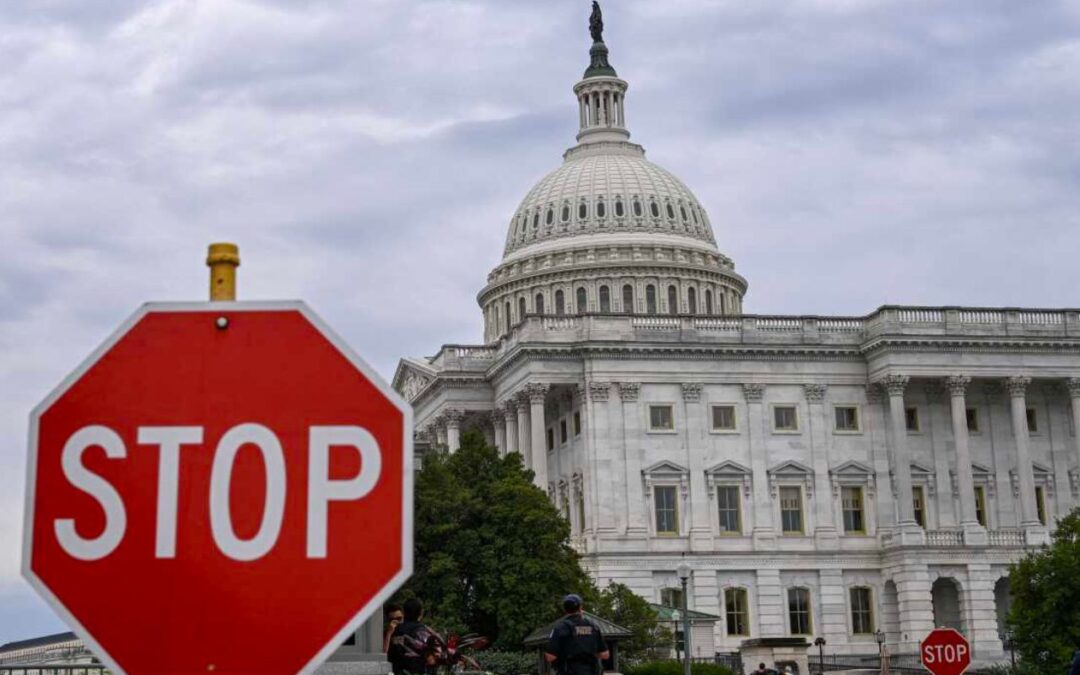Synopsis:
US government shutdowns create temporary political uncertainty, yet historical data shows the S&P 500 often remains resilient. Understanding past performance helps assess potential short-term impacts on global markets, including India.
A US government shutdown happens when Congress fails to pass, or the President refuses to sign, the necessary spending bills to fund federal government operations, usually due to political disagreements over the budget or specific policy issues.
During a shutdown, most non-essential government services stop, many federal employees are on temporary leave without pay, and only essential functions like national security continue. Shutdowns can disrupt government services, delay payments, and cause uncertainty in markets and the economy.
While S&P 500 returns during shutdowns have generally been positive, Indian markets may experience short-term volatility due to FII flows, currency fluctuations, and export-linked sector sensitivities, though long-term fundamentals typically remain unaffected.
Historical trends show that the S&P 500 has often remained resilient during US government shutdowns. The performance over prior shutdown periods was:
| Year | Days | Returns |
| 1995 | 5 | 1.36% |
| 1996 | 14 | 0.16% |
| 2013 | 14 | 3.17% |
| 2018 | 2 | 0.81% |
| 2019 | 22 | 10.43% |
The S&P 500 has historically delivered positive returns during shutdowns, suggesting that investors often view these events as temporary political noise rather than structural economic threats.
Longer shutdowns (e.g., 2019, 22 days) can still coincide with strong equity performance, indicating that broader market drivers like corporate earnings and economic data tend to outweigh the immediate impact of the shutdown.
Potential effects on Indian markets
The potential effects of US government shutdowns on Indian markets are mostly indirect. Foreign institutional investors (FIIs) investing in India may temporarily reduce their exposure due to uncertainty in the US, which can result in short-term volatility in Indian equities. Large-cap stocks, which are heavily influenced by FII flows, may be particularly affected during such periods.
Currency movements are another consideration, as the Indian rupee can fluctuate against the US dollar in response to global risk sentiment. A stronger dollar can raise import costs for Indian companies while benefiting export-oriented firms if demand remains stable. Sectors in India with significant US exposure, such as IT services and pharmaceuticals, may experience minor short-term impacts if US clients delay spending.
Overall, while Indian markets may see some volatility and sentiment-driven fluctuations during US shutdowns, these events are typically short-lived and do not materially affect the broader economic or corporate landscape.
Written by Manideep Appana
Disclaimer

The views and investment tips expressed by investment experts/broking houses/rating agencies on tradebrains.in are their own, and not that of the website or its management. Investing in equities poses a risk of financial losses. Investors must therefore exercise due caution while investing or trading in stocks. Trade Brains Technologies Private Limited or the author are not liable for any losses caused as a result of the decision based on this article. Please consult your investment advisor before investing.


